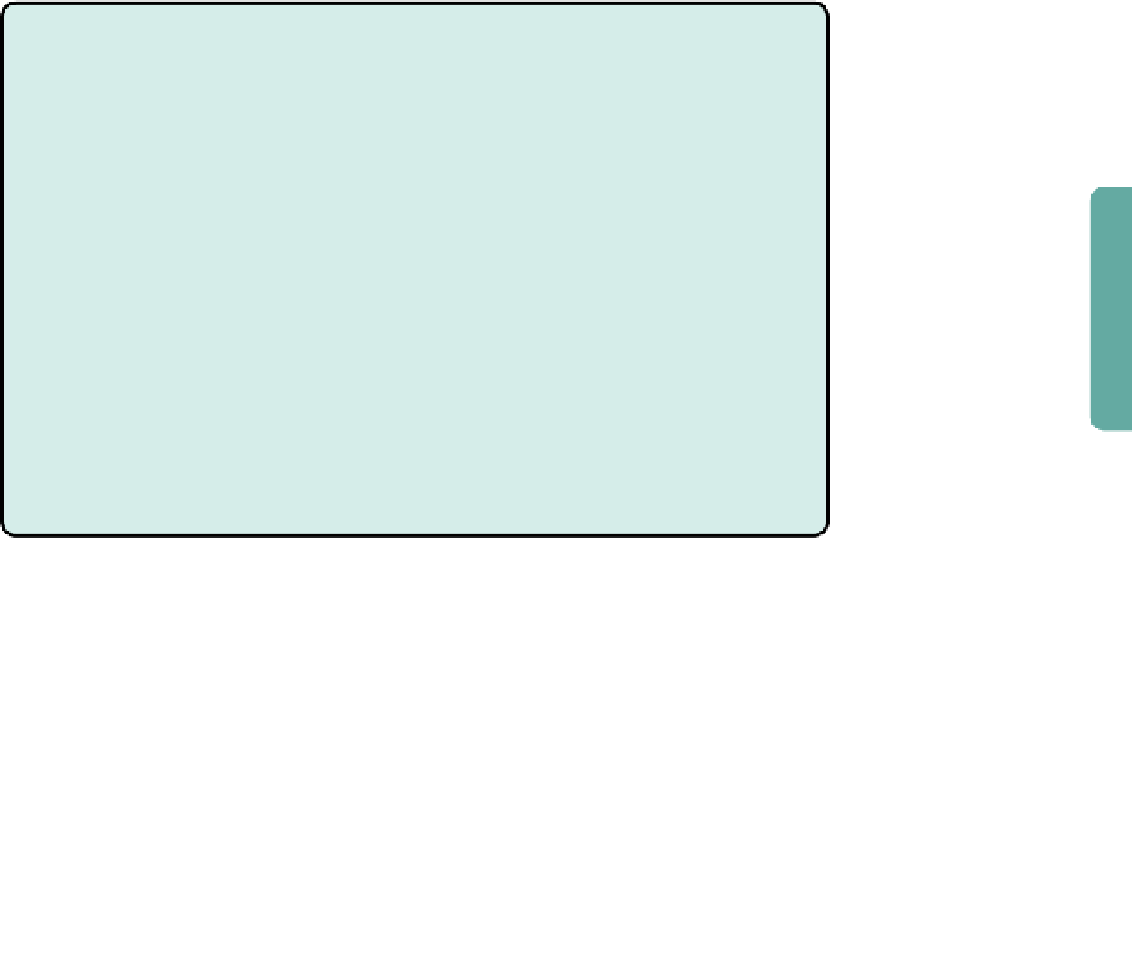Game Development Reference
In-Depth Information
You can do a similar thing for games you are currently developing. The patterns sug-
gest many generic terms for resources in your game based on their function in the
economy. Identifying what resource in your game functions as the main “energy”
that fuels the player's core actions could help bring your game's most important
economic structures into focus. Randomly pick a pattern and use it as a lens on the
game, asking yourself questions like, Is the pattern present in the current design,
and if so, does it work the way you want it to? If not, would adding it help counter
problems in the design?
You could also use the patterns as a lens to analyze and change existing games. For
example, what mechanisms act as a stopping mechanism in
StarCraft
? What would
happen if you changed the basic economy of that same game to include a converter
engine instead of a dynamic engine? What patterns would make a good addition?
What about player-centric desiGn?
in
Fundamentals of Game Design,
ernest adams proposed an approach to designing
games called
player-centric design.
The approach calls for the designer to imagine a
representative player and to judge all design decisions against his or her expectations
and hopes about the game. at first, this may seem to conflict with all our talk of feedback
loops and formal methods. But make no mistake: Player-centric design is still at the
heart of designing game mechanics, even at their most abstract.
When you create a game with highly complex interlocking systems and very little random-
ness, one like the board game
Power Grid
mentioned in chapter 6, you must understand
that your game will appeal to a certain type of player and not to others.
Power Grid
appeals to what might be called
mathematical strategists
—people who enjoy deciphering
such systems and learning to optimize them. a shorter game in which randomness plays
a larger part will appeal more to casual players and young players. People choose a
game for the kind of gameplay that it offers, and mechanics create gameplay.
in other words, even though you can design a game around a mechanic, you must never
lose sight of the question, “Who likes this kind of game?” The player is still the center of
the designer's world.
This chapter introduced the concept of design patterns: recurring structures that
appear in architecture, software, games, and other fields. After an overview of this
idea's history, we identified 16 common patterns from game mechanics, in 3 catego-
ries (engines, friction, and escalation), plus several more patterns that don't neatly
fit into a category. We ended the chapter by discussing some ways that you can use
the patterns in your own game design practice by combining them and brainstorm-
ing about them. The patterns can also be used to analyze games that you already

